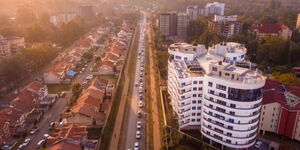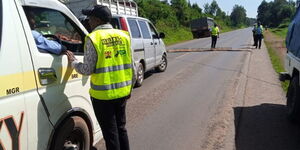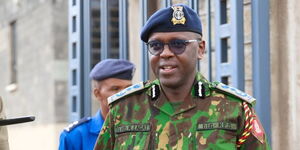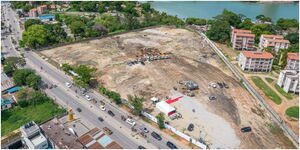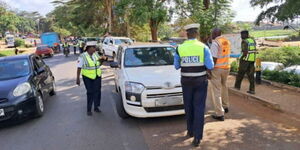The model town board forms part of the theory taught to learners who would like to obtain a driving license in Kenya.
It is a board resembling what the roads in a town would look like and is used to introduce the potential license holders to the road before getting behind the wheel.
The board comes along with toy cars, which instructors use to demonstrate possible scenarios on the road. At the end of their lessons, learners are tested on their understanding of the board.
Kenyans.co.ke broke down five key areas in which potential drivers are assessed on using the board:
Parallel and Angle Parking
On every board are simulations of two kinds of parking, parallel and angle parking. Kenyans seeking to get a license are required to understand the differences between the two.
In angle parking, motorists are required to park the toy car normally occupying the space nearest to the exit. On the other hand, parallel parking calls for motorists to park vehicles in reverse.
Unlike angle parking, the parking spaces should be occupied from the last slot to the first.
Right of Way
Learners are assessed on whether they are conversant with the right of way. For instance, when driving out of the angle parking lot, they should stop and give way to the vehicle on the main road.
The rule also applies at the roundabout. Traffic rules in the country dictate that the vehicle which gets to the roundabout first automatically has the right of way.
On the board, the right of way is indicated using a white broken line and is usually found in junctions or intersections.
Lane discipline
Every driver will be tested on lane discipline. One of the most common tests is to exit the parking lot, jointhe highway and return to the same parking slot.
Cops administering the examination will observe how the learners join the highway. Based on the golden rule, keep left unless overtaking, lanes are labelled one to four from left to right.
In some incidences, they may be required to state verbatim what they are doing. For example, a driver will state the number of the lane they are joining, and declare that they will indicate before moving to other lanes.
Examiners will be keen on how the driver moves the toy vehicle when joining and exiting a roundabout and the lanes they take depending on the destination they are tasked to get the car to.
Turning on a busy road
Every learner should understand that the three kinds of turning allowed on Kenyan roads. The most common one is the u-turn.
The arc on the u-turn denotes who between motorists on either sides of the road uses it. It is mostly used on dual carriageways.
On the other hand, a three-point turn is used when making a 180-degree turn on a single carriage road. As the name suggests, it involves three processes; turning, reversing and making a second turn towards the new direction.
The third and least obvious turning is on a roundabout, which offers motorists in inbound traffic to join the outbound in the absence of a U-turn.
The longest and shortest route
Kenyans seeking to be certified as drivers will also be put on task to move the dummy cars using the shortest and longest routes.
This often requires them to apply either of the three types of turning, lane discipline and the right of way to get to the destination.

